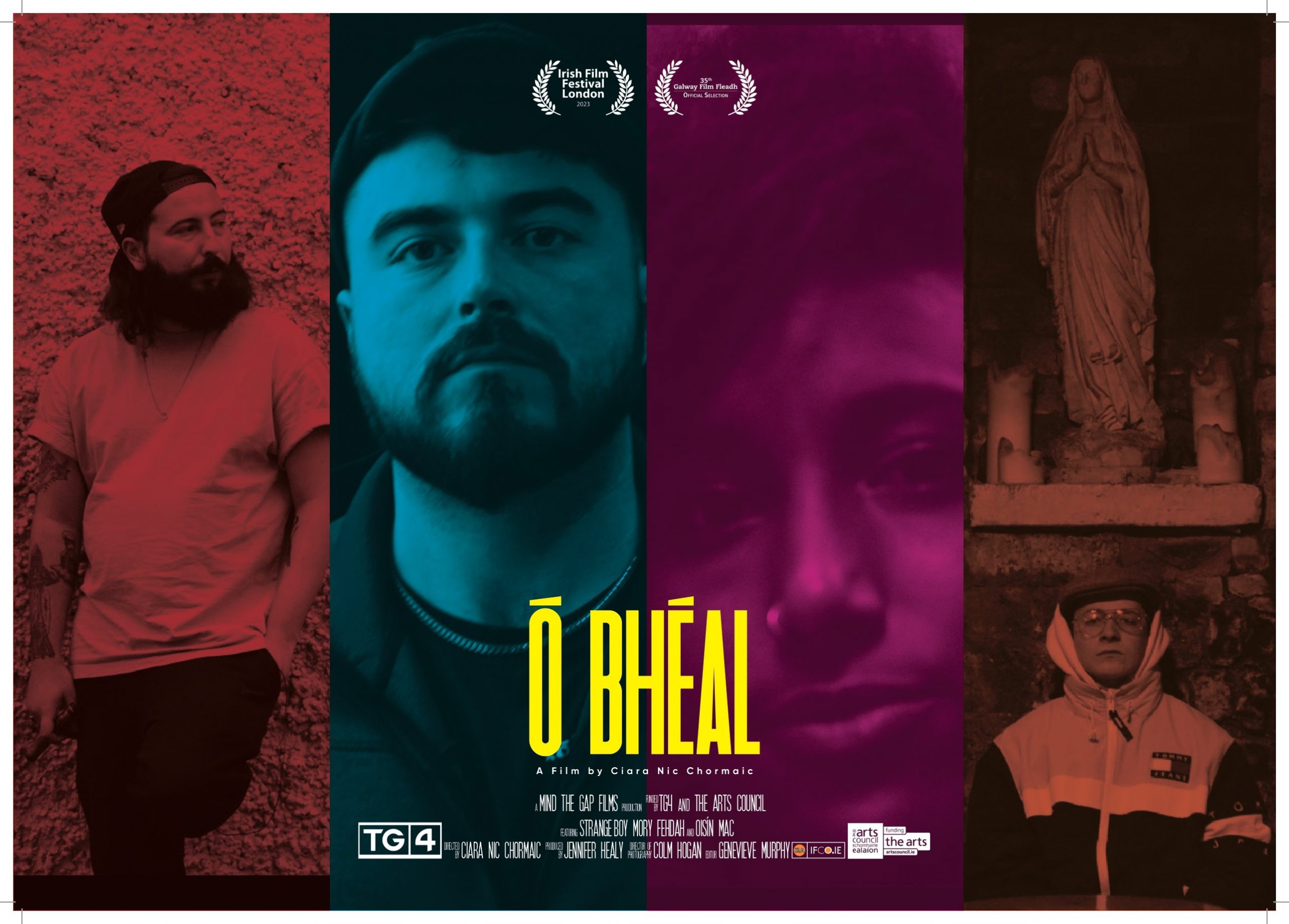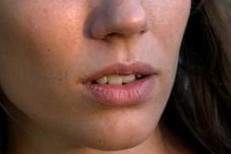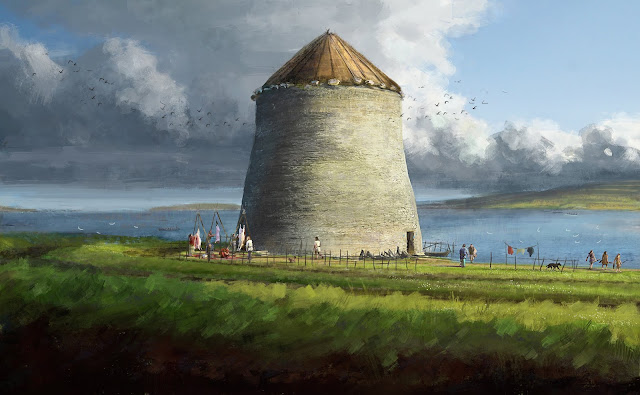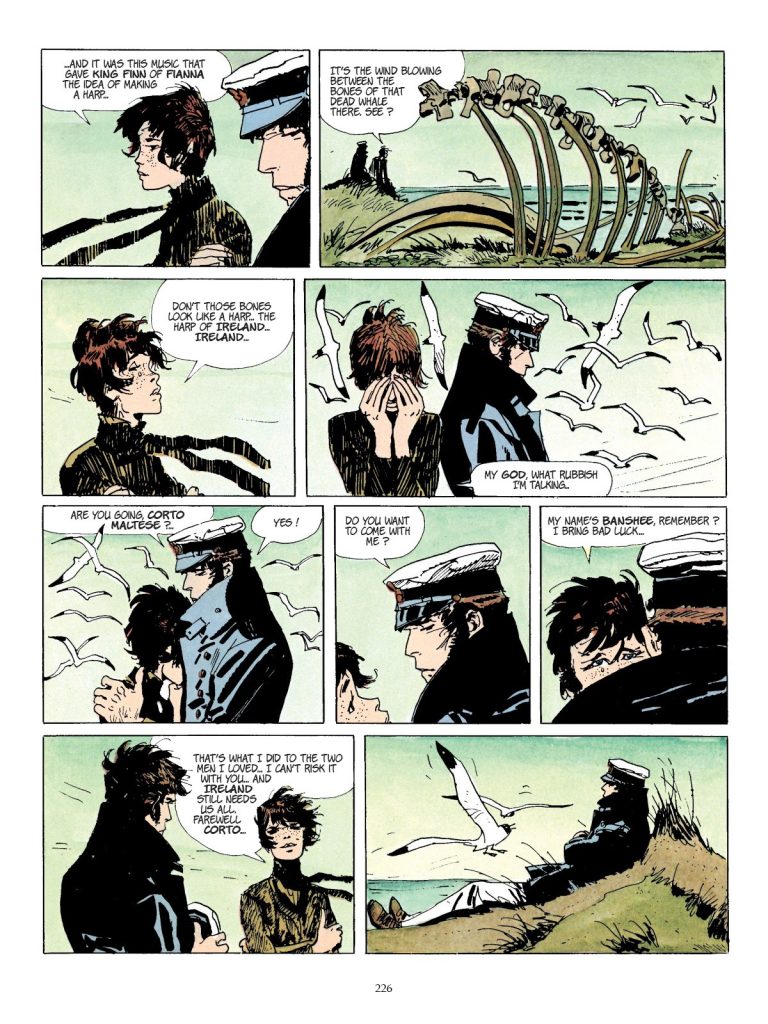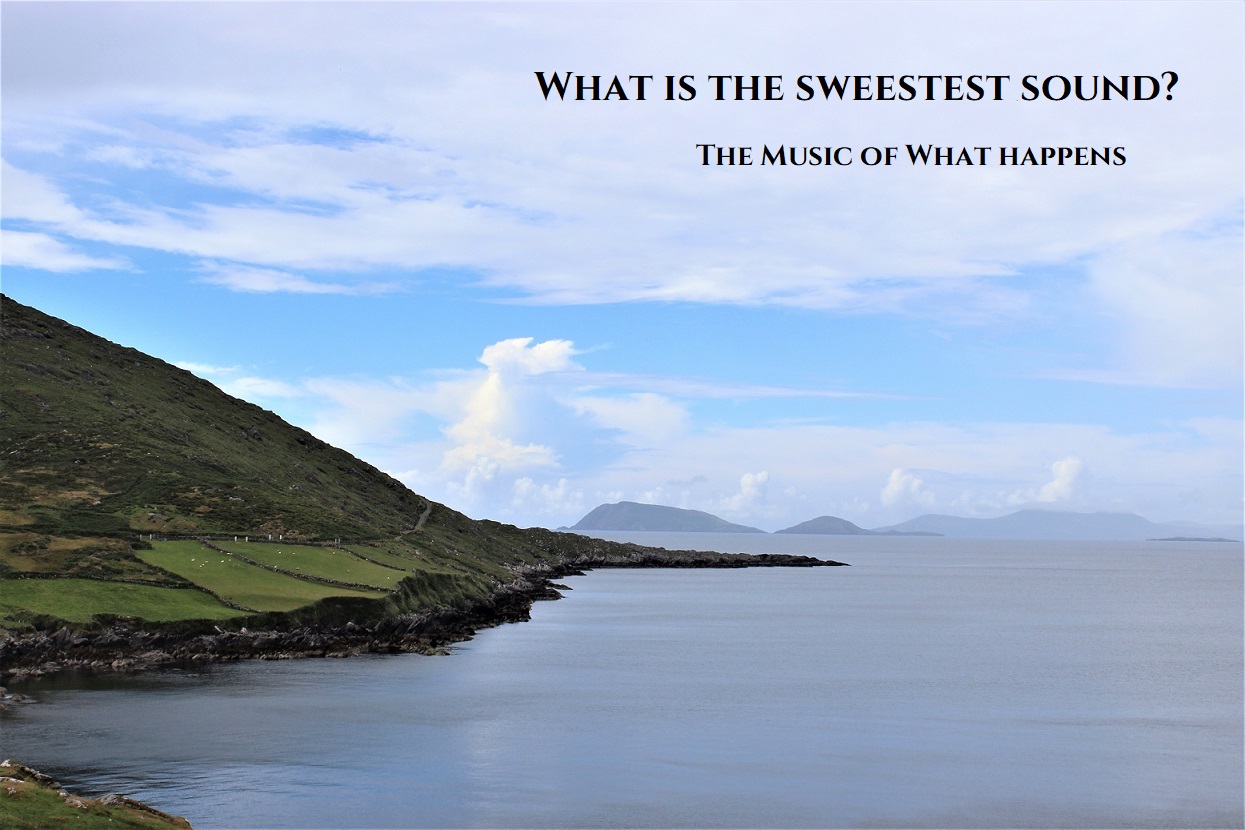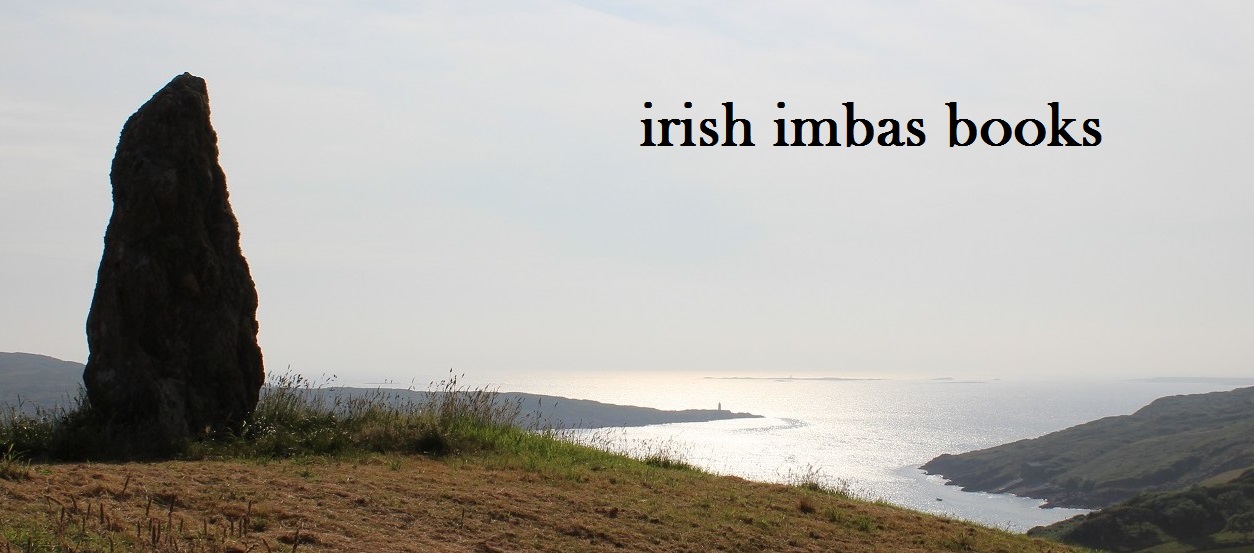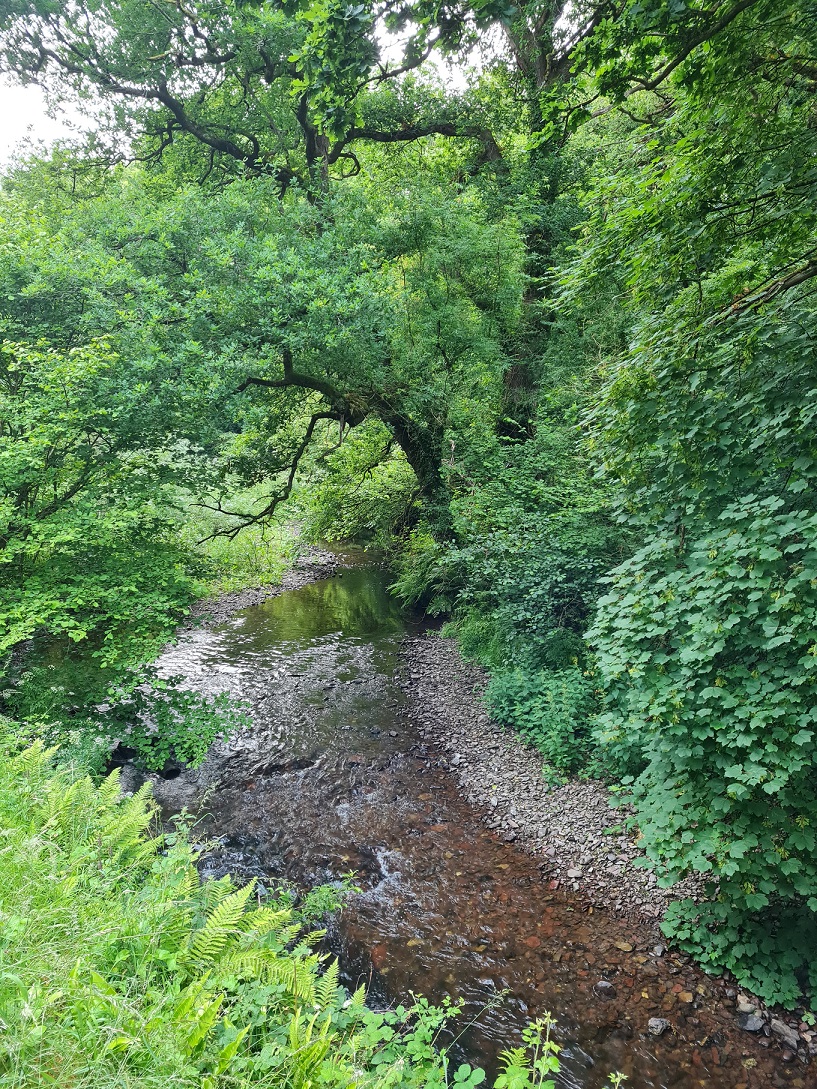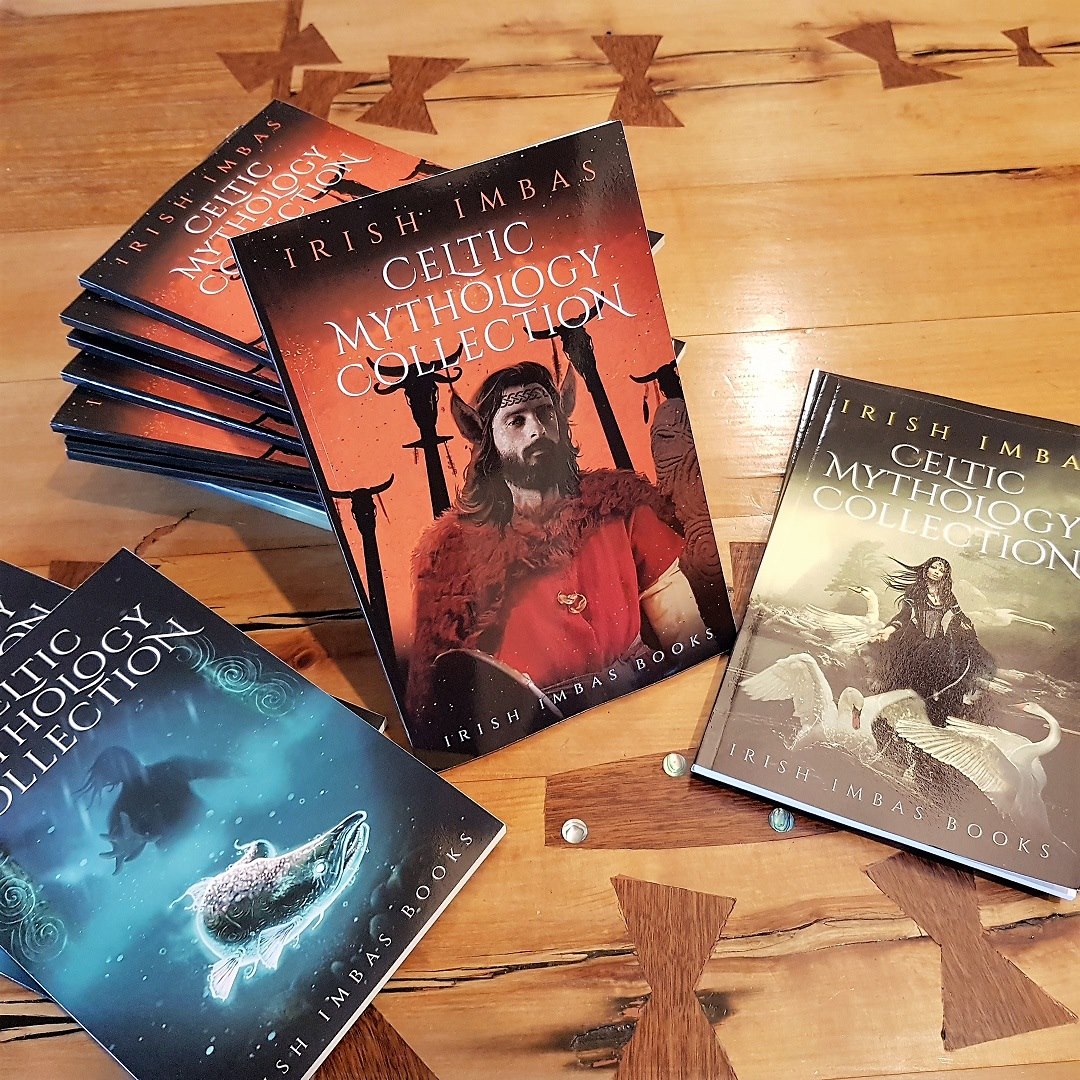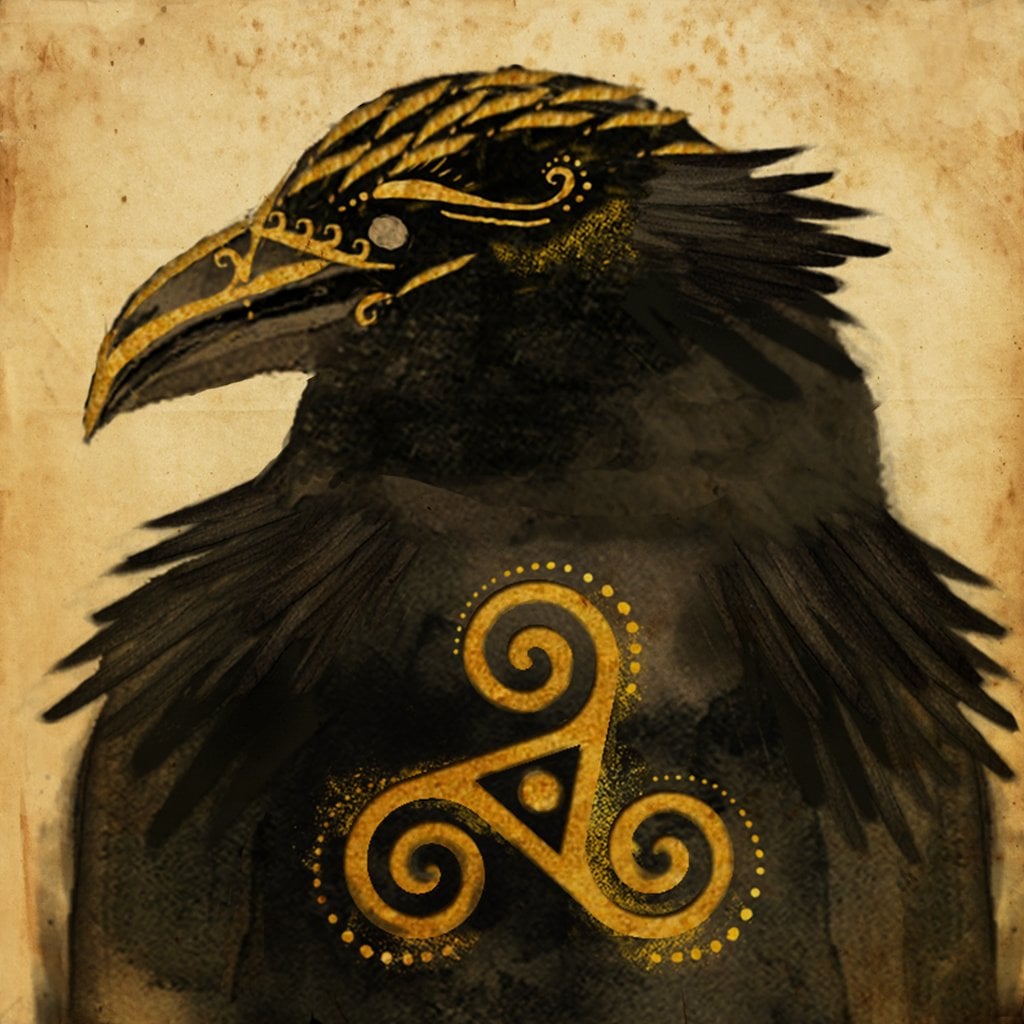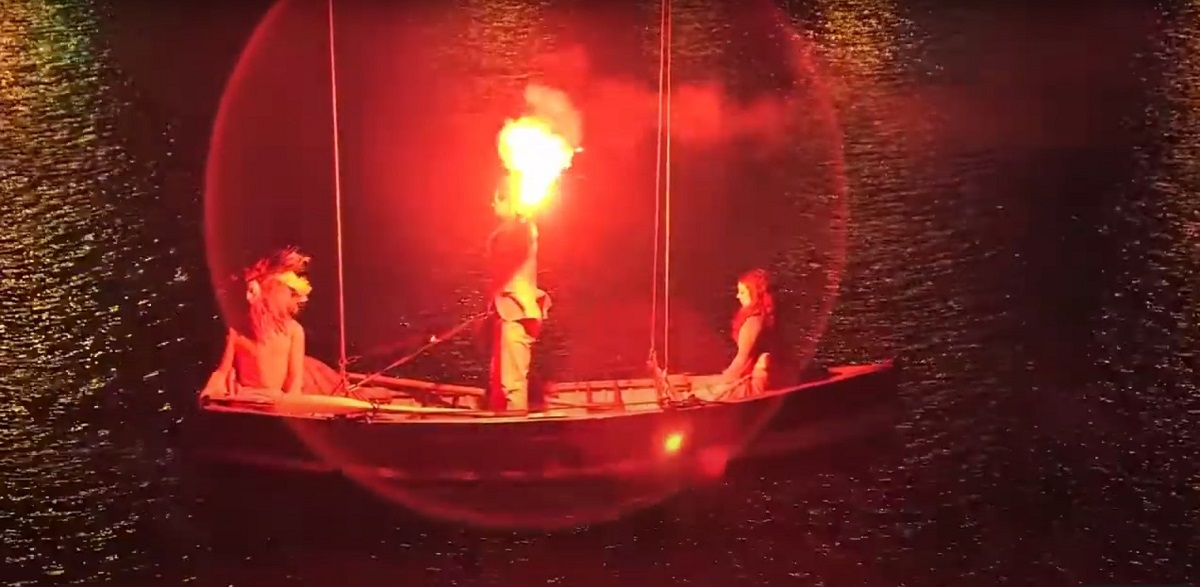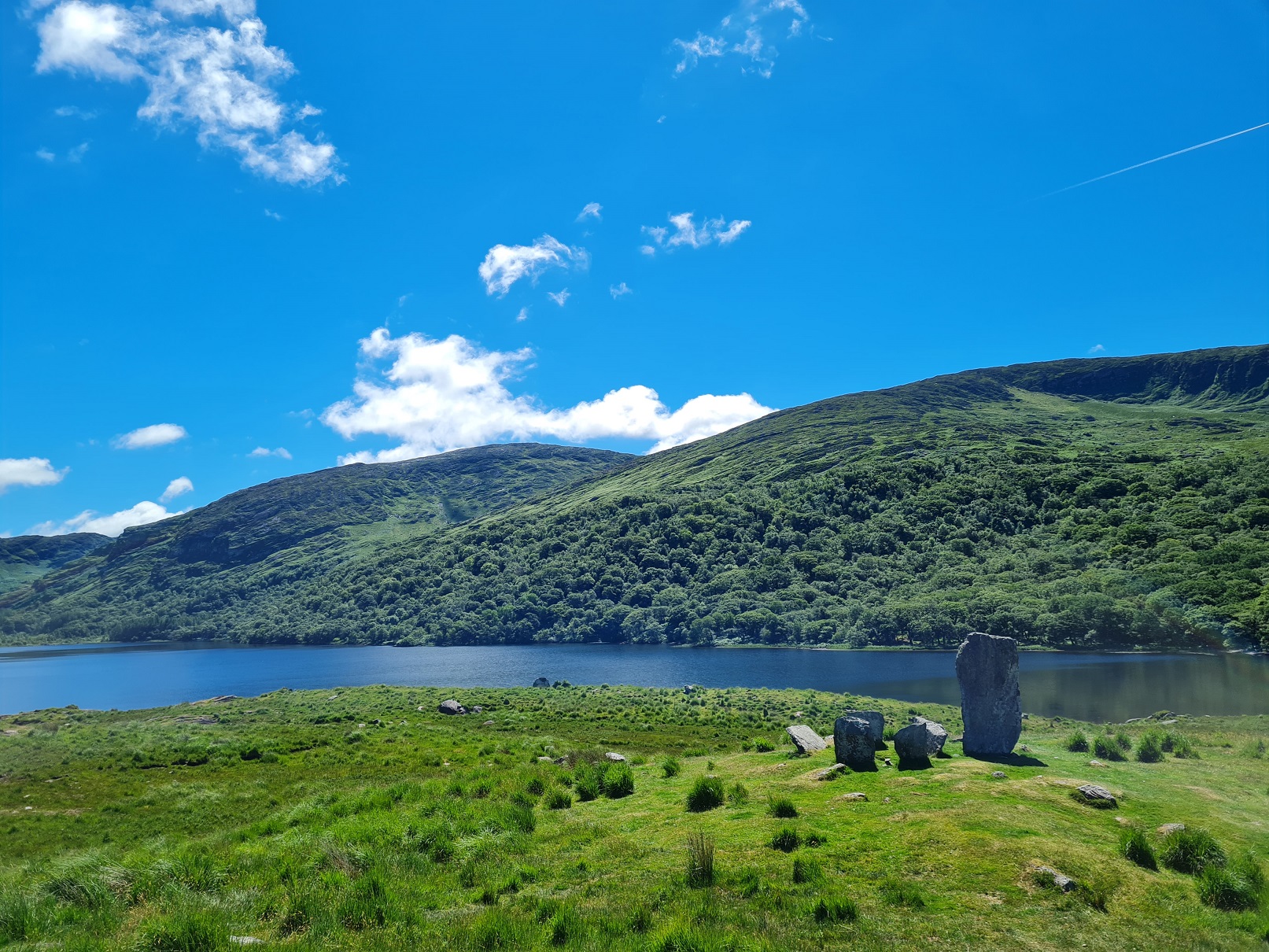
There’s a lot of fun to be had visiting the many old megaliths and cultural sites back home, particularly in Cork and Kerry where we’re absolutely spoilt for choice. With numerous ráthanna (avoid using the English term ‘ring-forts’), galláin and many others, most are located in beautiful locations that are often as worth visiting as much as the sites themselves.
With the growth of mass ‘cultural heritage tourism’ here over the last few decades and the huge increase in visits to such sites from overseas travelers however, many of the sites are now starting to be littered with junk; coins, ribbons, shells, papers, bits of string – you name it, you’ll find it.
Most of these are left as “votive offerings” by people who don’t really understand what the sites were or the cultural context behind them. Others mistake them as areas of adoration or supplication to ‘gods’, ‘saints’, wise women’ or impose their own interpretations on something that makes little sense to them.
Even if you don’t agree with them, you can understand the motivations but it’s getting to the point where some of these important cultural locations are being turned into litter beds.
If you do visit such sites, appreciate their location and the history for what they are. Don’t drop rubbish offerings there. If you want to offer something, make a donation to charity.


